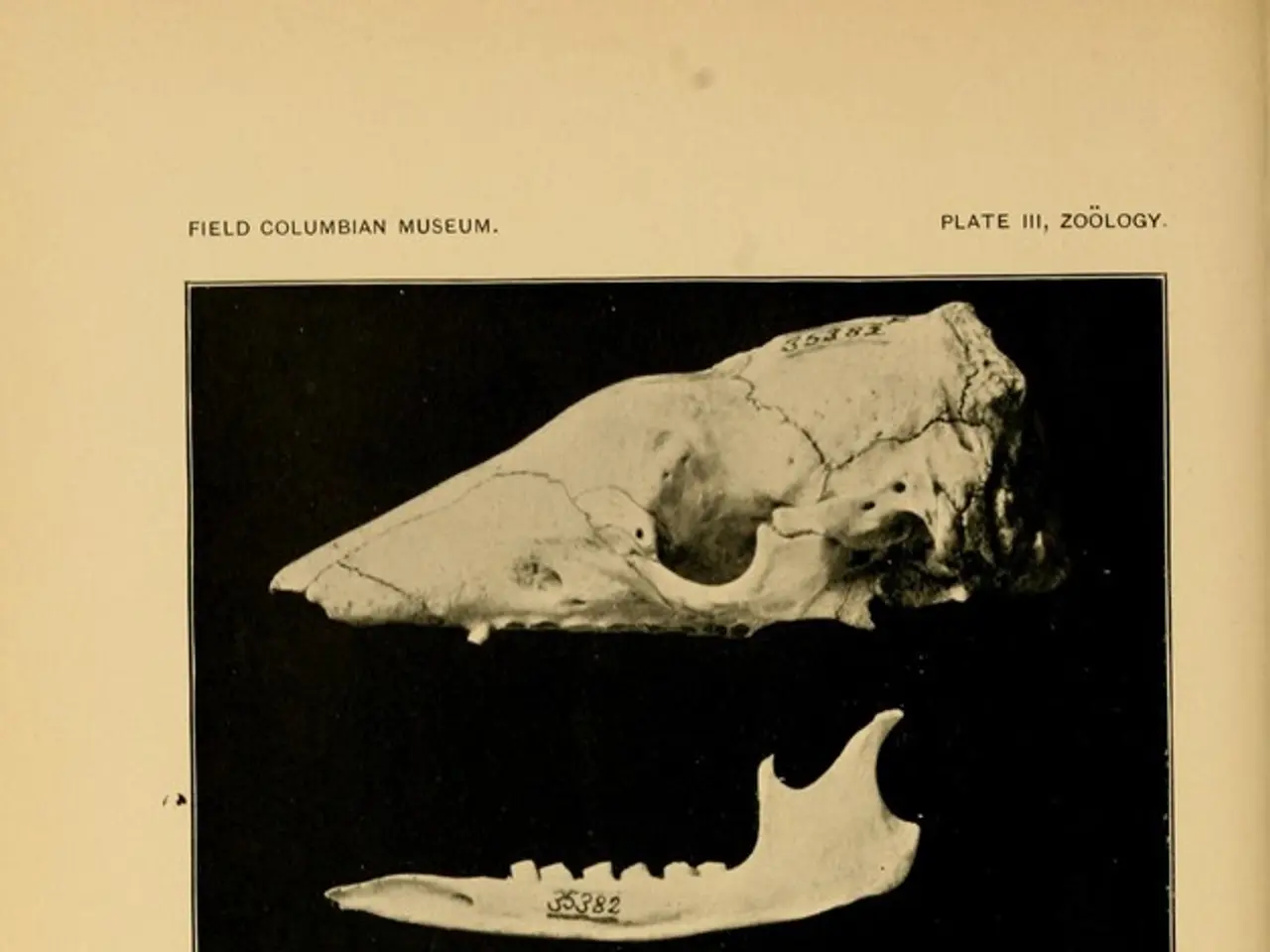Pregnancy Week 13: Symptoms, Hormonal Changes, and Fetal Growth and Development
The second trimester of pregnancy, spanning weeks 13 to 27, marks a significant period of growth and development for both the mother and baby. This phase is often referred to as the "honeymoon phase" due to the easing of early symptoms such as nausea and fatigue.
During this period, the baby continues to grow at a remarkable pace. At 13 weeks, the fetus is roughly the size of a large plum or small peach. By the end of the second trimester, the baby will be about 2.5 inches in length, comparable to a peach.
One of the most exciting developments during the second trimester is the baby's increased activity. Most women begin to feel their baby move between weeks 18 and 22. The baby can now move its arms and may even be able to put its thumb in its mouth.
The lungs continue to mature, and the baby inhales and exhales amniotic fluid. The placenta, which now weighs approximately the same as the baby at birth (1-2 pounds), plays a crucial role in providing nutrients and oxygen to the growing baby.
Sequential screen or integrated screen blood tests are conducted between weeks 10 and 13, and can be repeated during weeks 15 to 20. These tests evaluate fetal proteins that may indicate the presence of Down syndrome or other chromosomal issues. Blood tests that look at your baby's DNA, which is present in your blood stream late in the first trimester, are also available to provide information on your baby's risk for chromosomal abnormalities.
However, it's important to note that further tests like amniocentesis or chorionic villus sampling (CVS) may be carried out later in pregnancy to confirm the blood test results.
Pregnancy brings about various physical changes. Breasts continue to grow as milk glands develop, often increasing one to two bra cup sizes and sometimes feeling tender or swollen. Stretch marks may appear and the skin might itch as it stretches. You may notice darkening skin areas or a visible line down the belly called linea nigra.
Backaches and round ligament pain are common due to the growing belly size putting strain on muscles and ligaments. An increased appetite is also common, as energy often returns from the first trimester fatigue. Leg cramps, heartburn, and indigestion are also common due to hormonal changes slowing digestion.
Nasal congestion and nosebleeds are other symptoms that may occur due to increased blood flow in mucous membranes. Mild swelling, particularly in feet and hands, is also common, especially after standing long periods.
Braxton Hicks contractions, mild, irregular "practice" contractions, can start during this time. Increased vaginal discharge, possible bleeding gums, and shortness of breath as the uterus grows are other symptoms that may be experienced.
It is crucial to monitor these symptoms and consult a healthcare provider if experiencing severe swelling, blurred vision, persistent pain, vaginal bleeding, or decreased fetal movements after 24 weeks, as these may indicate complications.
Pregnancy also increases the risk of a urinary tract infection (UTI). Symptoms of a UTI include frequent, urgent, or painful urination, pain or cramping in the lower abdomen, back pain, cloudy, foul-smelling, or bloody urine, feeling unwell, achy, and tired, high temperatures, shivering or chills.
It is recommended to maintain a healthful lifestyle during pregnancy with a well-balanced diet and suitable exercise. Continue to avoid alcohol, tobacco, fish that are high in mercury, and large amounts of caffeine during pregnancy.
The second trimester is an ideal time to take a trip or a holiday as you will be feeling better. However, it is essential to ensure proper care and precautions are taken to ensure a safe and enjoyable journey.
In conclusion, the second trimester of pregnancy is a period of significant growth and development for both the mother and baby. While it brings about new physical changes and mild discomforts, it is also a time of excitement as the baby's movements become more noticeable. It is important to maintain a healthful lifestyle, monitor symptoms, and consult a healthcare provider if necessary to ensure a smooth and safe pregnancy.
- Sequential screen or integrated screen blood tests are conducted between weeks 10 and 13, and can be repeated during weeks 15 to 20, evaluating fetal proteins that may indicate Down syndrome or other chromosomal issues.
- The baby's increased activity can be felt by most women between weeks 18 and 22, and the baby may even be able to put its thumb in its mouth.
- Blood tests that look at the baby's DNA, which is present in the mother's bloodstream late in the first trimester, are also available to provide information on the baby's risk for chromosomal abnormalities.
- Although further tests like amniocentesis or chorionic villus sampling (CVS) may be carried out later in pregnancy to confirm the blood test results, it is crucial to monitor various symptoms such as severe swelling, blurred vision, persistent pain, vaginal bleeding, or decreased fetal movements after 24 weeks, as they may indicate complications.
- It is recommended to maintain a healthful lifestyle during pregnancy with a well-balanced diet and suitable exercise, and to avoid alcohol, tobacco, fish that are high in mercury, and large amounts of caffeine during pregnancy.
- The second trimester is an ideal time to take a trip or a holiday, but ensure proper care and precautions are taken to ensure a safe and enjoyable journey, as pregnancy increases the risk of a urinary tract infection (UTI), with symptoms including frequent, urgent, or painful urination, pain or cramping in the lower abdomen, back pain, cloudy, foul-smelling, or bloody urine, feeling unwell, achy, and tired, high temperatures, shivering or chills.




